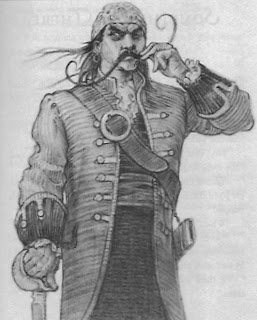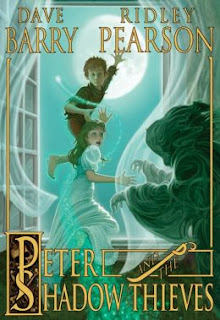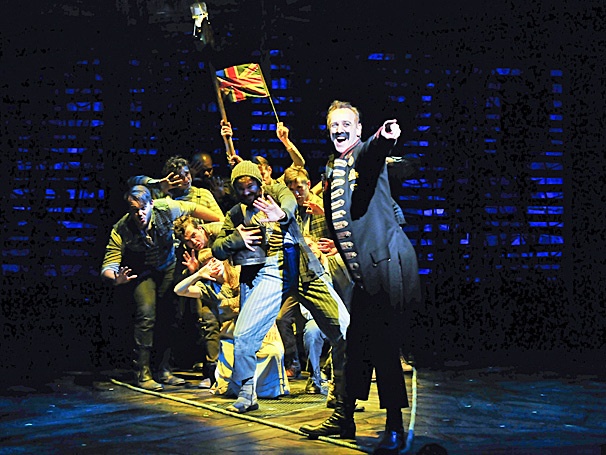I love classic story and fairy tale retellings as a category. (Given that I write them, I would hope so.) Jane Yolen and Robin McKinley and even James Thurber give wonderful new shadings to well-known stories and bring forward themes and characters with dimension and creativity that show me new meanings in familiar things.
But reading books like Peter and the Starcatchers and Midnight in Neverland, and watching shows like my favorite scapegoat "Once Upon a Time" has given me cause to examine what I like and what I object to in retellings of classic stories. (Admittedly, OUaT has thrown the original Peter Pan so far out the window that I've started enjoying the show again.)
At first, I thought I don't mind someone reworking the story if the characters are true to the originals. But that leaves out how much I love the Wicked series, and how much Gregory Maguire's characters diverge from L. Frank Baum's, making it a new narrative but one I can embrace.
So then I thought maybe I require either the plot or the character to be true to the original. But ultimately I decided what it comes down to, for me, is respect. If a retelling shows respect for the vision as it was initially created, I can appreciate it even if there are aspects I don't agree with or don't enjoy. But without respect, an author might as well create new characters. Maybe it would make it harder for him or her to get their book published, but I think that says something in itself.
Knowing the source material shows respect. Even when the OUaT writers drive me bats, I can tell there's some real knowledge of Barrie's original as well as Walt Disney's film among the writing staff. Half-done research doesn't show respect. And if one truly loves a work, it's generally clear whether a plot departure is an intentional departure or is a merely half-understood aspect plucked from the original. And I don't have time for that, or respect of my own for the retelling.
I suspect there's more here to be mined, but for now, I leave you with another problem in fairy tale retellings--the temptation to fall back on tropes, even new ones, rather than explore new ideas. Cracked.com has taken note of a few of those in fairy tale movies.
 |
Lost boys, "Once Upon a Time" style. What are you doing, Disney? What? |
But reading books like Peter and the Starcatchers and Midnight in Neverland, and watching shows like my favorite scapegoat "Once Upon a Time" has given me cause to examine what I like and what I object to in retellings of classic stories. (Admittedly, OUaT has thrown the original Peter Pan so far out the window that I've started enjoying the show again.)
So then I thought maybe I require either the plot or the character to be true to the original. But ultimately I decided what it comes down to, for me, is respect. If a retelling shows respect for the vision as it was initially created, I can appreciate it even if there are aspects I don't agree with or don't enjoy. But without respect, an author might as well create new characters. Maybe it would make it harder for him or her to get their book published, but I think that says something in itself.
Knowing the source material shows respect. Even when the OUaT writers drive me bats, I can tell there's some real knowledge of Barrie's original as well as Walt Disney's film among the writing staff. Half-done research doesn't show respect. And if one truly loves a work, it's generally clear whether a plot departure is an intentional departure or is a merely half-understood aspect plucked from the original. And I don't have time for that, or respect of my own for the retelling.
I suspect there's more here to be mined, but for now, I leave you with another problem in fairy tale retellings--the temptation to fall back on tropes, even new ones, rather than explore new ideas. Cracked.com has taken note of a few of those in fairy tale movies.
























